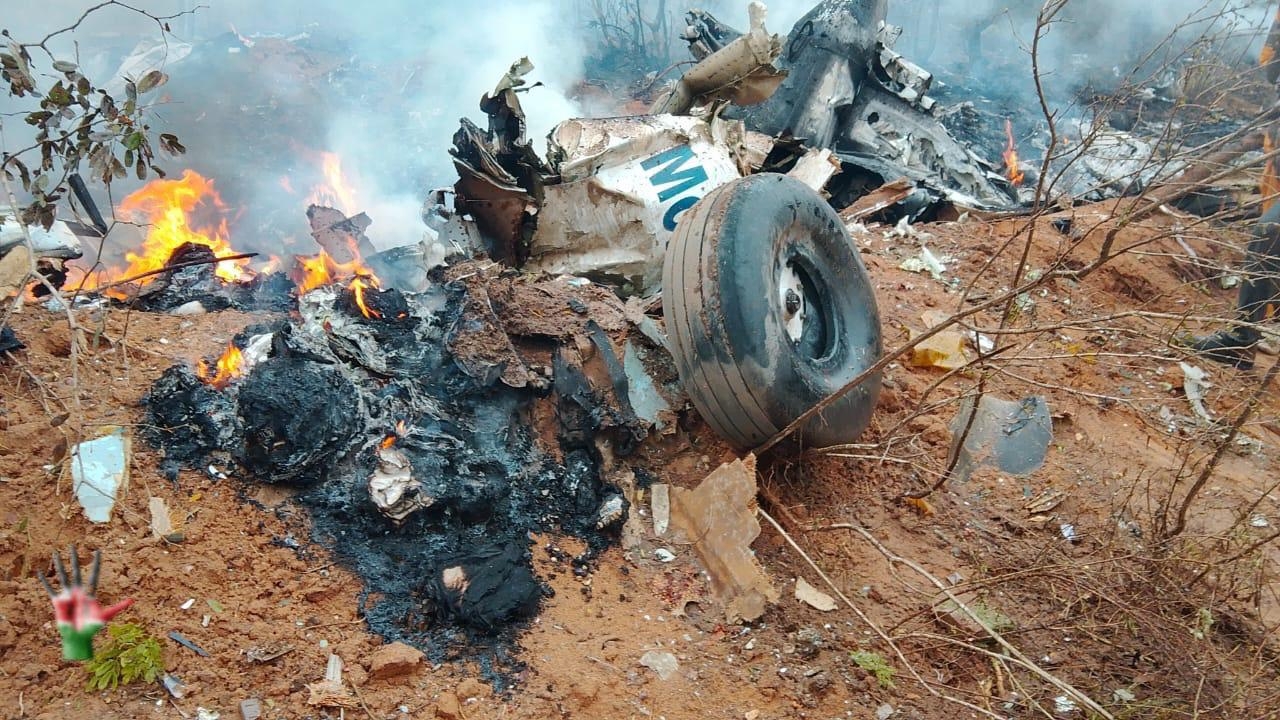Kenya had the eighth biggest burden of Cholera in Africa among the 17th countries that reported an outbreak on the continent.
Kenya reported 8,809 cholera cases and 141 deaths last year.
The World Health Organization (WHO) published global cholera statistics for 2023 this week.
The WHO said the number of reported cholera cases increased by 13 per cent and deaths by 71 per cent globally in 2023 compared to 2022.
Over 4,000 people died last year from a disease that is preventable and easily treatable.
Forty-five countries reported 44 cases the previous year and 35 in 2021. Thirty-eight per cent of the reported cases were children under five years.
in Africa, DR Congo led with 52 654 cases and 473 deaths, followed by Mozambique (39 101 cases), Malawi (32 530), Ethiopia (30 389), Somalia (18 304), and Zimbabwe (14 148).
Cholera is an acute intestinal infection spread through contaminated food and water. Communities with limited access to sanitation are most affected.
Conflict, climate change, inadequate safe water and sanitation, poverty, underdevelopment, and population displacement due to emerging and re-emerging conflicts and disasters from natural hazards all contributed to the rise in cholera outbreaks last year.
"The geographical distribution of cholera changed significantly from 2022 to 2023, with a 32 per cent decrease in cases reported from the Middle East and Asia, and a 125 per cent increase in Africa. Many countries in Africa reported a high proportion of community deaths, indicating gaps in access to treatment," WHO said in its report.
This is the first year that multiple countries have reported deaths from cholera which occurred outside of health facilities, known as ‘community deaths’.
In five out of 13 countries, over a third of cholera deaths occurred in the community, highlighting serious gaps in access to treatment and the need to strengthen this area of response.
Preliminary data show that the global cholera crisis continues into 2024, with 22 countries reporting active outbreaks. Although the number of cases reported in 2024 is lower than last year, 342,800 have been reported to WHO across all continents as of 22 August, with 2400 deaths.
The increased demand for cholera materials such as oral cholera vaccines (OCV), diagnostic tests and essential medications like oral rehydration salts and intravenous fluids for rehydration persists into 2023, posing a challenge for disease control efforts.
Since October 2022, the International Coordinating Group (ICG), which manages emergency vaccine supplies, has suspended the standard two-dose vaccination regimen in cholera outbreak response campaigns, adopting a single-dose approach instead to reach and protect more people given limited supplies.
"Despite the low stockpile of OCV, a record 35 million doses were shipped last year, with the one-dose strategy in effect. While vaccination is an important tool, safe drinking water, sanitation and hygiene remain the only long-term and sustainable solutions to ending cholera outbreaks and preventing future ones," WHO said.
WHO considers the current global risk from cholera as very high and is responding with urgency to reduce deaths and contain outbreaks in countries around the world. WHO continues to support countries through strengthened public health surveillance, case management, and prevention measures; provision of essential medical supplies; coordination of field deployments with partners; and support for risk communication and community engagement.
US$ 18 million has been released from the WHO Contingency Fund for Emergencies for cholera response since 2022. WHO has appealed for US$ 50 million to respond to cholera outbreaks in 2024, but this need remains unmet.
Early June, Kenya's Ministry of Health said it had contained an outbreak that begun early in the year.
“A total of 68 cholera cases have been reported in Tana River (60), Lamu (seven) and Siaya (one) counties,” the ministry said in an update in June.
Health PS Mary Muthoni said several risk factors contributed to the spread of this deadly disease.
"The main one is the destruction of sanitation facilities during these long rains, resulting in the collapse of latrines and the filling of latrines with floodwater," she said.
The ministry said the first case was reported on April 13.
Muthoni said the single case is significant, as it amounted to an outbreak.
"Waterborne diseases such as cholera are indeed severe, but they are also preventable. It is crucial to understand that early detection and prompt medical attention can make a significant difference, potentially saving lives," she said.
The outbreak peaked towards the end of April while the last case was reported on May 25, the ministry said.











